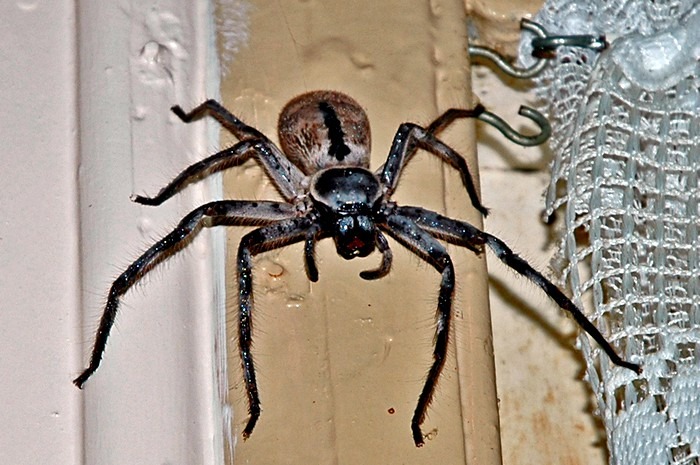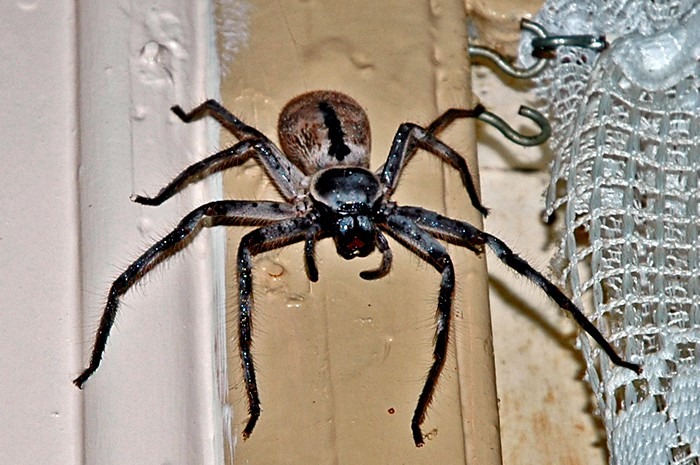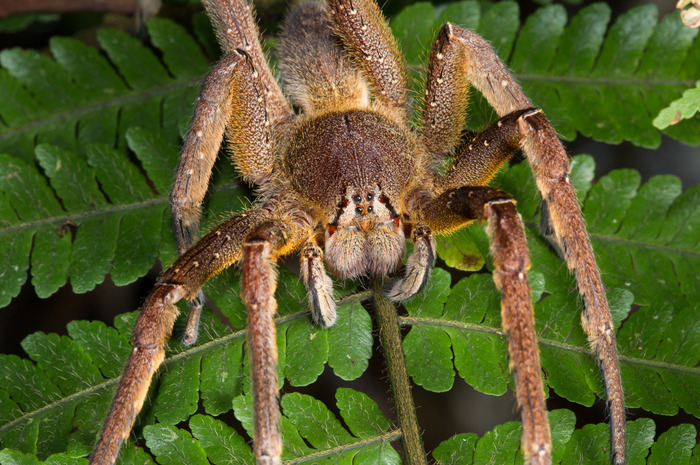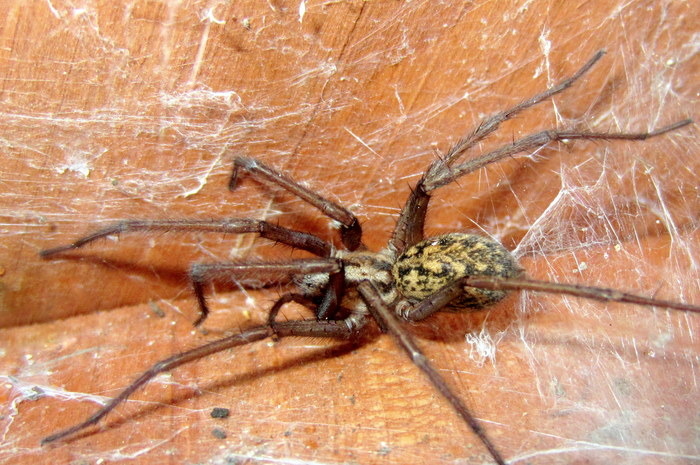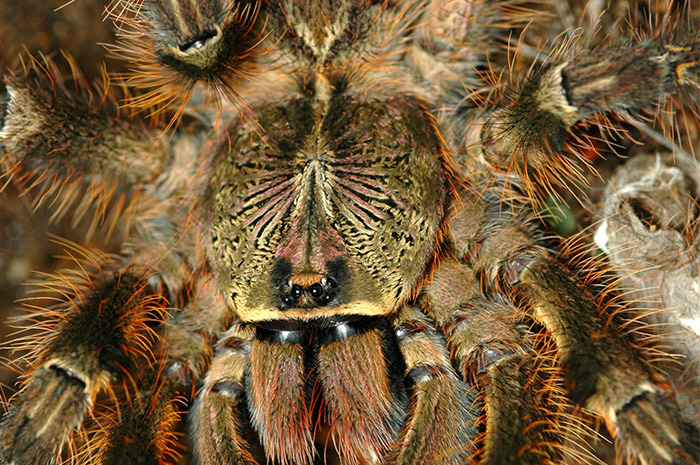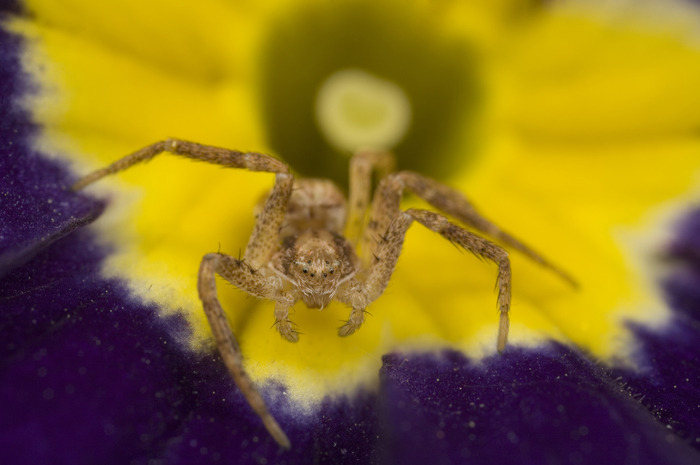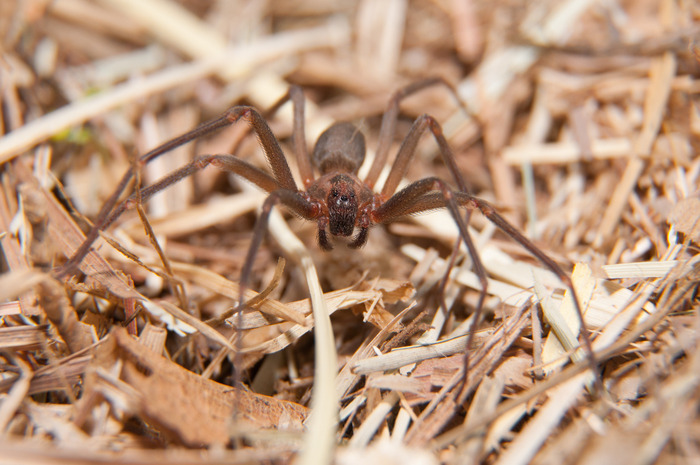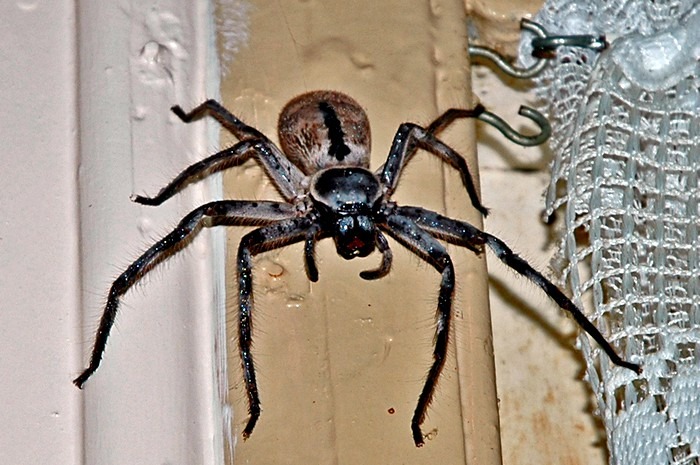The Deadliest Spiders In The World
The Deadliest Spiders in the World
From dangerous sea creatures to venomous snakes, Earth is full of deadly animals. But possibly some of the most dangerous of them all are spiders.
*Related: The 10 Deadliest Animals in Australia
Black Widows and Brown Recluse spiders, for instance, are awfully venomous; you will feel extreme pain and inflammation at the site of the bite. You may also suffer from nerve damage.
*Fun Fact: Spiders don't have great eye sight. They use the vibrations of their web strands to locate their prey.
Brazilian Wandering Spider
Also known as the banana spider, it is one of the most aggressive and venomous spiders known to humans. You will mainly come across this spider in South America, and one species has been found in Central America. They like to hide under rocks and in banana plants. One bite from this spider and you may find yourself having difficulty breathing and enduring intense pain.
Black Widow Spider
The female black widow spider is known as the most venomous spider in North America. "The venom of the black widow spider is 15 times as toxic as the venom of the prairie rattlesnake," DesertUSA explains. The female will sometimes kill and eat the male after mating. One bite and you may find yourself with muscle cramps, pain and spasms.
Hobo Spider
This is a funnel-web spider – an aggressive house spider – that is commonly found in Washington, Wyoming, Colorado, Utah, Oregon, Montana and the Pacific Northwest United States, ORKIN explains. They will only bite you if they feel threatened or provoked, especially when it comes to protecting their young.
Fringed Ornamental Tarantula
This spider is a very large arboreal tarantula. Their legs can reach up to 10 inches in females. A bite from this spider is said to be really nasty looking. It can cause muscle cramping, chest pains and spasms. There have been no confirmed fatalities; however, the venom is extremely poisonous.
Six-Eyed Sand Spider
This is not the largest spider on this list, but definitely one of the most poisonous. It is commonly found in South America and in deserts. It likes to bury itself in the sand, then ambush prey that wanders to close. One bite from this spider and your blood will begin to thin and you may experience blood vessel leakage and tissue destruction.
Wolf Spider
This spider has incredible eyesight. They have eight eyes, two of which are extremely large. They like to hunt alone and some like to chase their prey. A bite from this spider will cause swelling, pain and itchiness, says wolfspiders.org. "Some people only experience the symptoms for a few minutes, while others get a wound that takes a few days to heal."
Yellow Sac Spider
This is a rather small spider that tends to move inside homes during the cooler months. They are usually found throughout most all of the United States, according to ORKIN. A bite from this spider can cause redness of the skin, swelling and itchiness. Some bites may cause muscle cramps, nausea and fever. Make sure you seal up all of the holes, gaps and cracks in your home's doors and windows to prevent this spider from getting into your home.
Brown Recluse Spider
This spider is usually found in central Midwestern states, especially Oklahoma and Arkansas. The symptoms caused by the bite of this spider vary depending on the age of the victim, according to brownreclusespider.org. "The bites are usually more dangerous in kids, young adults and third age people." You may experience symptoms such as nausea, fever, shivering and in some cases surgery may be required to extract the necrotic tissue.
Mouse Spider
This spider is found in Australia. They have short, thick legs with very large fangs. They are aggressive; if you provoke them, they will bite you. A bite by this spider will cause severe illness and pain at the site of the bite. You may experience difficulty breathing, coughing, sweating and muscle weakness.
Red Widow Spider
This spider is a member of the black widow family. They are commonly found in Florida. Red widow spiders can reach up to 1.5 inches in size. Adults like to eat crickets and other large insects. The venom of this spider is said to be more potent than that of a rattle snake. It can cause high blood pressure, muscle weakness, sweating and vomiting.
